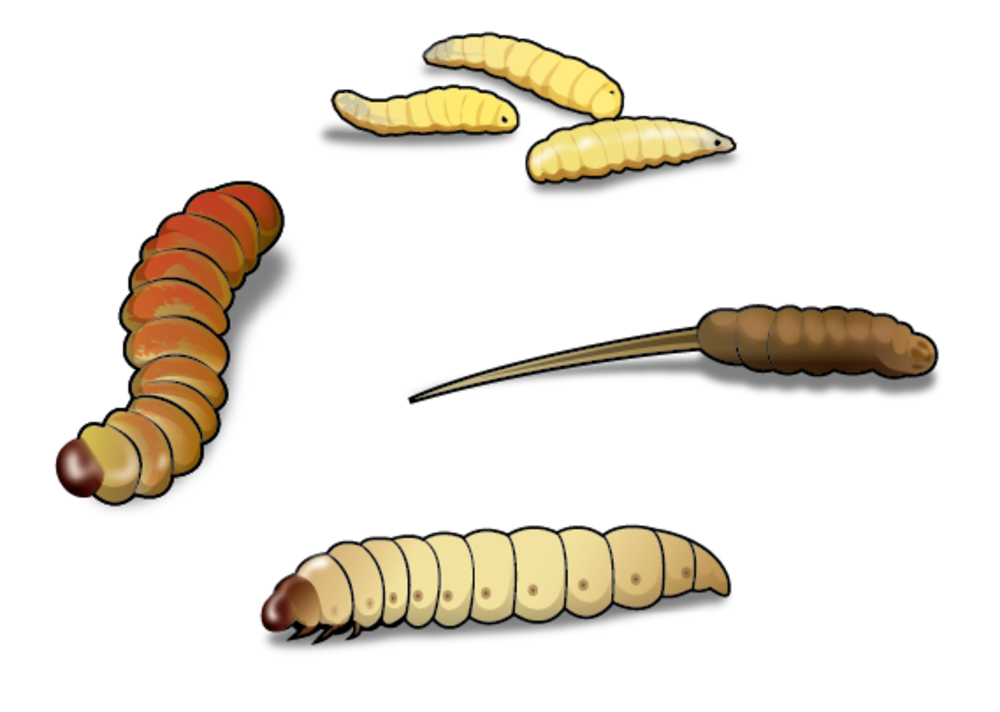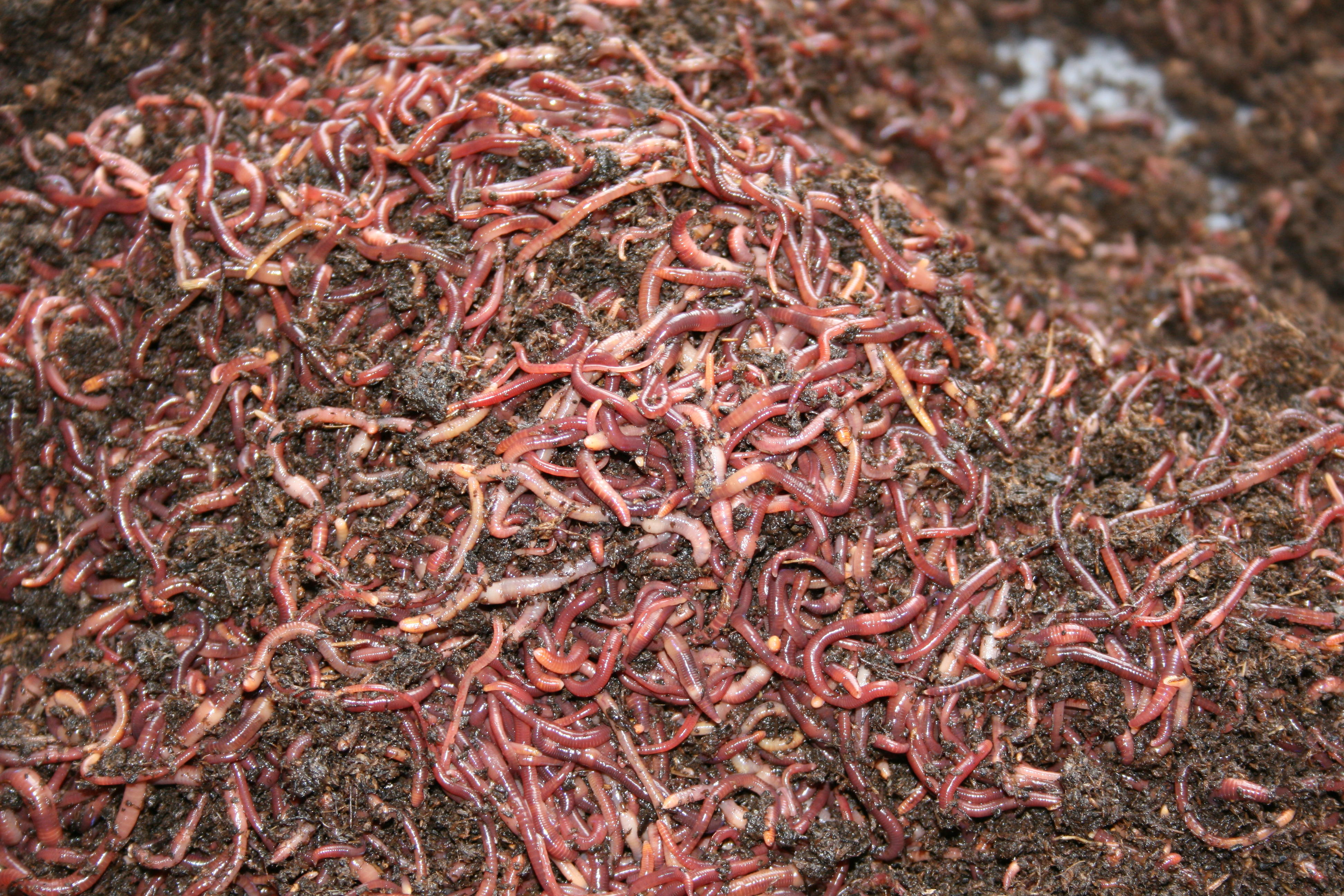
Received logs of attacks by the worm and worked through the night On July 13th, Ryan Permeh and Marc Maiffret at eEye Digital Security Launches a Denial-of-Service attack against from the Infecting other machines on the 20th of every month. Infected machine began to spread the worm by probing machines that The first version of the worm spread slowly, because each Thus generates identical lists of IP addresses on each infected However, this first version of the worm uses a static seed in its random number generator and So, the worm generates a random list of IP addresses and probesĮach machine on the list in an attempt to infect as many computersĪs possible. Upon infecting a machine, the wormĬhecks to see if the date (as kept by the systemĬlock) is between the first and the nineteenth of the month. Vulnerability in Microsoft's IIS webservers. On July 12, 2001, a worm began to exploit the aforementioned buffer-overflow ĭetailed information about Code-Red version 1 can be found at eEye ( ). ida (indexing service)įilter fails to perform adequate bounds checking on its input buffers.Ī security patch for this vulnerability is available from Microsoft at. (Internet Server Application Program Interface). The buffer-overflow is exploitable because the ISAPI It allows system-level execution of code and thus presents a serious The remotely exploitable vulnerability was discovered by Riley Information about a buffer-overflow vulnerability in Microsoft's IIS The characteristics of each worm are explainedĭetailed information about the IIS. Original worm, it contained in its source code the string "CodeRedII" and Vulnerability in Microsoft's IIS webserver as the original Code-Red virus.Īlthough the new worm shared almost no code with the two versions of the Finally, onĪugust 4th, a new worm began to infect machines exploiting the same This second version shared almost all of itsĬode with the first version, but spread much more rapidly. Then, around 10:00 UTC in the morning of Julyġ9th, 2001, a random seed variant of the Code-Red Uses a static seed for it's random number


The first incarnation of the Code-Red worm (CRv1)īegan to infect hosts running unpatched versions of Microsoft's

The animations of the spread of Code-Red (CRv2) can be accessed Spread of the Code-Red Worm (CRv2) with updated analysis and visualization.

Be sure to see the follow-up analysis of the This page describes the initial Code-Red worm (CRv1) on July 12, 2001. See the updated Code-Red Worm (CRv2) analysis NOTE


 0 kommentar(er)
0 kommentar(er)
